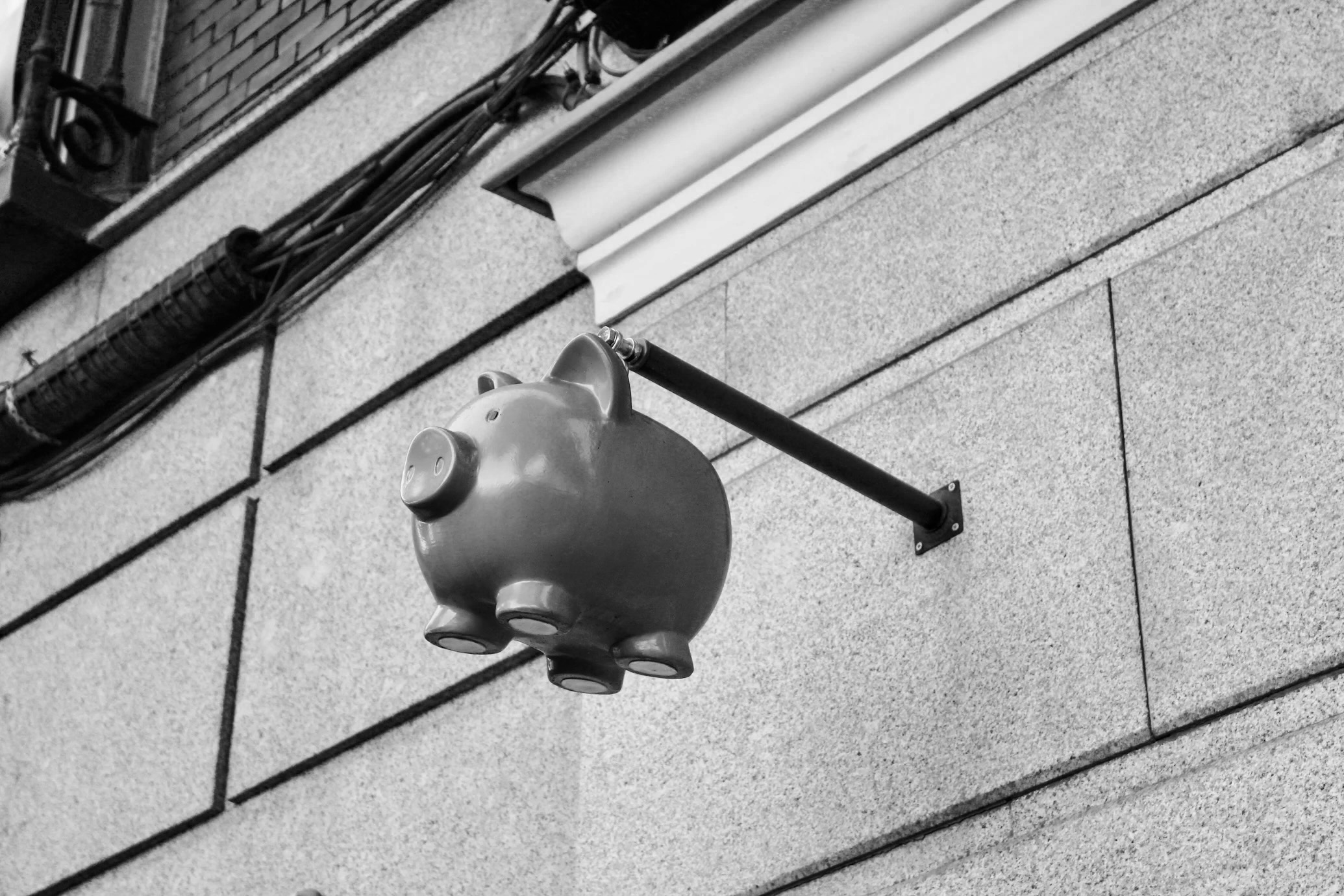Definition:
The yield curve is an instrument that enables investors to understand bond markets, interest rates, and the status of the economy in the United States. It allows investors to easily view and compare the profits from both short- and long-term bonds.
What is the yield curve?
The yield curve may be built for any bond kind, from corporate to municipal. However, when we speak of the yield curve, we normally refer to the yield curve of US Treasury securities.
When investors purchase Treasury securities, they are effectively lending money to the government. In exchange, the Treasury agrees to repay their principal investments within a specified time period and to pay them a preset interest rate on the loan, often known as a coupon payment. Coupons on US Treasury bonds typically do not vary over their maturity, but their yield does, because the yield takes into account the continually fluctuating values of treasury bonds in the secondary trade market. The yield is derived by dividing the coupon rate of interest by the current secondary market price of the bond:
Annual Coupon / Bond Price = Yield
On the X/Y axis, the yield curve is displayed. In the case of the yield curve of US Treasury bonds, the horizontal X-axis begins on the left with short-term Treasury bills with maturities ranging from several days to one year, then moves on to Treasury bonds with maturities ranging from two years to three, five, seven, and ten years, and comes to an end on the right with bonds with maturities ranging from 20 to 30 years. The current yield obtained for each maturity is shown on the vertical Y axis.
How does the yield curve work?
The yield curve provides a simple graphic representation of a certain bond market at a given point in time. It typically displays the average yield of bonds with a short, medium, or long maturity for a certain trading day or week.
Interest rates on bonds offered by the same issuer with different maturities behave quite differently, depending on how investors perceive risk, market movements, and the overall performance of the economy. On the yield curve, you may see various rates for different maturities on the same chart.
When investors compare bonds from the same issuer with different maturities, they can design the best investing plan. Investing in a long-term bond carries the risk of increasing interest rates over the security’s life, and the yield curve can assist investors comprehend this risk.
The yield curve may be used by investors to determine if long-term bonds generate adequate returns to cover the higher risk of investing in long-term bonds vs short-term bonds. The steeper the curve, the bigger the disparity in profitability and the greater the likelihood that the investor is ready to take this risk. Investors receive less benefit for investing in long-term bonds relative to short-term bonds when the curve flattens, and they are less inclined to do so.
Yield curve types
Yield curves adopt various shapes based on the state of the specific bond market and the overall economy. Each form represents a distinct possible bond prospect and is characterized as regular, steep, inverted, flat, or humped.
– Normal yield curve
As the yield matures, the normal yield curve trends up and to the right. This means that market conditions and the economy as a whole are in good shape and operating properly. Returns are often dispersed in this manner because, in a perfect world, investors would want to be better paid for having their money locked up in the long run. This implies that issuers must pay a liquidity premium, which guarantees higher returns on longer-term bonds.
This motivates buyers to purchase them rather than more liquid short-term bonds.

– Steep yield curve
A steep yield curve is similar to a normal yield curve but has a higher gradient. The market conditions for normal and steep yield curves are identical. However, a steeper curve indicates that investors anticipate stronger market conditions in the long run, which increases the gap between short- and long- term returns.

– Inverted yield curve
An inverted yield curve tends to happen when short-term repayment rates are greater than long-term repayment rates. In this scenario, the yield curve slopes to the right rather than up. This might suggest a recession or a bear market, when bond prices and yields fall for an extended period of time.

– Flat yield curve
A flat yield curve is formed once the yields on both short- and long-term maturities are just about equal. Flat yield curves frequently include a raised portion in the center, when medium-term bonds yield more than short-term or long-term bonds. This is known as a twisted yield curve.

If the curve straightens out, confidence about the economy’s future declines. A flat or humped yield curve may also be a forerunner to an inverted yield curve, however this is not always the regular practice.
What the yield curve depends on?
Yield curves are influenced by a variety of variables. The interest rate on every maturity bond is determined by a number of factors, including the risk-free rate, predicted inflation, default risk, maturity, and liquidity.
Because these individual elements change based on how they relate to a particular loan instrument, the interest rate on that debt instrument will likewise change. Each of these elements has a different effect on the yield curve, but they all function together.
Interest rates in general can have an impact on the yield curve since they help determine the projected interest rates for all bond maturities. Interest rates respond to economic development and inflation via changing yield curve research.
Conclusion
Yield curves are frequently employed as an economic standard, which can be perplexing and alarming to the typical investor. So when the press says that the sky is falling because of flat or inverted yield curves, or that the economy is crumbling because of a steep yield curve, it is critical to remember that this metric is only a snap.
Just keep in mind that the yield curve is an indication, not a prediction. Understanding the yield curve as a single piece of information rather than a perfect forecast of the economy as a whole can assist investors in making the best investing decisions.











